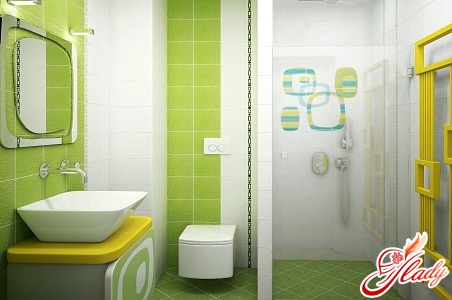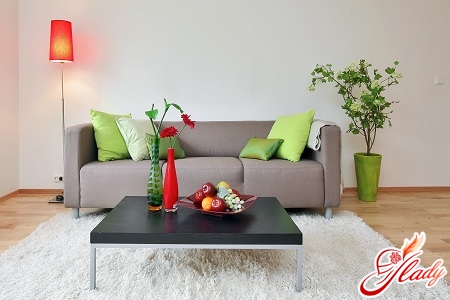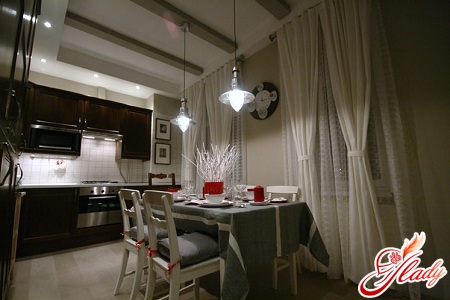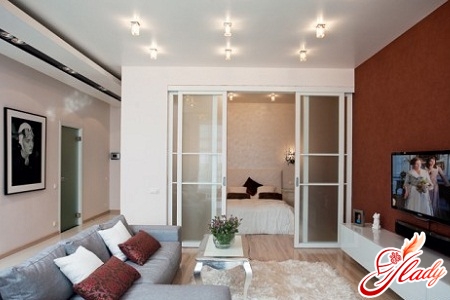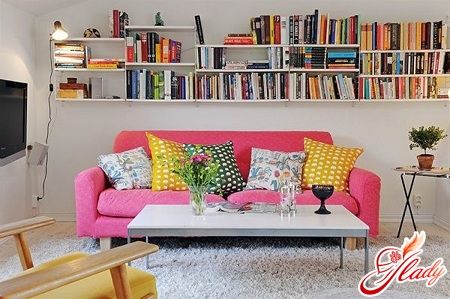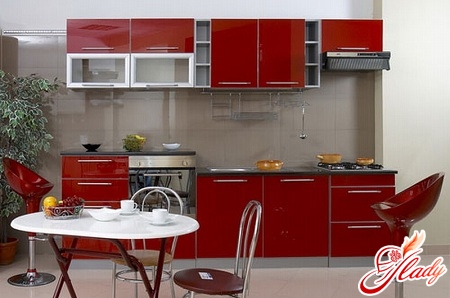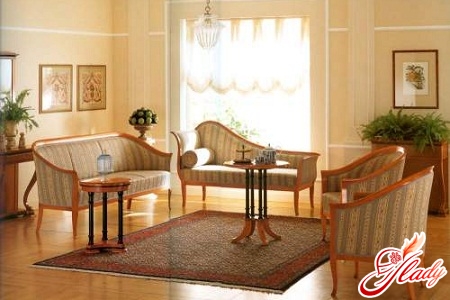 Biedermeier is a tricky word, to boot.unfamiliar to many. However, this word denotes a concept that is simple and ordinary. The Biedermeier artistic style is a simplified style, devoid of pretentiousness and aristocracy. Very often we arrange and decorate our home according to the rules of this style. Because Biedermeier is a style of home comfort, everyday simplicity and simple earthly joys. It is also called bourgeois or philistine. But do not immediately give a negative assessment of this style. Let's first figure out what it is, what advantages and disadvantages it has and what kind of home it is suitable for.
Biedermeier is a tricky word, to boot.unfamiliar to many. However, this word denotes a concept that is simple and ordinary. The Biedermeier artistic style is a simplified style, devoid of pretentiousness and aristocracy. Very often we arrange and decorate our home according to the rules of this style. Because Biedermeier is a style of home comfort, everyday simplicity and simple earthly joys. It is also called bourgeois or philistine. But do not immediately give a negative assessment of this style. Let's first figure out what it is, what advantages and disadvantages it has and what kind of home it is suitable for.
History of style
The Biedermeier style emerged in the early 19th century.Germany. And it owes its name to Gottlieb Biedermeier (pseudonym of the German poet Ludwig Eichrodt). One of the characters in his ironic works was a provincial school teacher, who was distinguished by bourgeois tastes, philistine interests and complete contentment with his life. This style very quickly established itself in Germany and Austria. And not only in everyday life, but also in art. And here is the paradox: it was in Europe that this style was treated and continues to be treated ironically, considering Biedermeier to be the style of the bourgeoisie and people with low aesthetic demands. Biedermeier came to Russia during the time of Pushkin. And although the bourgeois philosophy of this style did not correspond well to the general mood of the era, in Russia the Biedermeier style fit perfectly into the interiors of noble houses, landowners' estates and even royal dachas. Biedermeier replaced the pompous Empire style and established itself due to everyday comfort, home coziness and convenience. In fact, this style appeared as a result of the search for simple truths and life values, peace and quiet. And later it became an illustrative example of how, with the help of modest means, one can solve the problem of a laconic and stylish interior.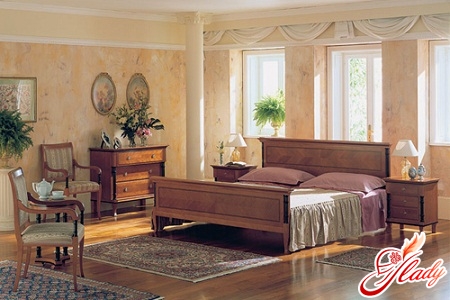
Philosophy of style
A characteristic and even distinctive feature of the styleBiedermeier can be called a kind of poeticization of the world of things, reflecting the bourgeois worldview. And at the same time - simplicity and unpretentiousness. By the way, the literal translation of the word "bieder" is simple-minded, philistine. Historically, the interior in this style is asymmetrical and disproportionate. The main motto is coziness and comfort, the main motif is flowers and stripes. The main emphasis of the style is aimed at creating a cozy and calm atmosphere at home, where life flows slowly and pleasantly. However, the desire for a calm and measured life, which is the basis of this style, is quite understandable. A series of wars and revolutions simply forced people to seek peace in everyday life and in the arrangement of everyday life. Biedermeier is, first of all, a style of residential (household) interior. That is why it best meets pressing human needs: convenience, practicality, functionality. This style is a clear example of how the unity of the spiritual and material world of people arises. Biedermeier is sometimes called simplified Empire. Its artistic expressiveness is based on antique motifs. But unlike Empire, it abolishes the imperial pathos of palace columns and gives preference to soft and rounded forms. It can be said that Biedermeier selects from all interior styles exactly what is close in spirit to the middle class and the ordinary person.
Modern embodiment of style
The overwhelming majority of apartments in our buildings are notis characterized by large areas and volumetric space, but it meets the requirements of the Biedermeier style in the best possible way. That is why this style is very popular now, but, unfortunately, in Europe. In our country, it is still not accepted or understood, dismissively calling it a bourgeois or German style. However, it is fundamentally wrong to think that Biedermeier has no artistic value. Biedermeier is not only modesty and neutrality, it is also stability (and what is wrong with this feeling?). Biedermeier is not a tasteless bourgeois style, devoid of an aesthetic component, modern designers and artists also create in it. Not only residential premises (apartments and private houses), but also hotels, restaurants and cafes are decorated in the Biedermeier style. Along with modesty, Biedermeier brings coziness to the environment and allows you to make any room “live” and homey.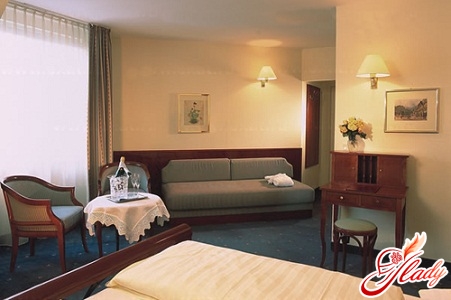
Style space
Biedermeier is very democratic - norequirements for the area of rooms, the height of ceilings or the shape of windows and doors. Interiors made in the Biedermeier style lack luxury. They are characterized by neatness and conciseness, intimacy and balance of proportions, soft shapes and calm tones. A minimum of decor, maximum simplicity, space and light - all this creates an atmosphere of psychological comfort and material well-being. Typical solutions for an interior in the Biedermeier style look like this:
- use warm and light colors (yellow, pink, blue);
- Finishing can be any color, but with a monophonic background;
- drawing on the walls - a simple pattern or a thin strip;
- emphasis on furniture and bright (but a few) color elements;
- floors are most often wooden, covered with monophonic carpets.
Furniture style
Biedermeier style furniture should be as fullycorrespond to its purpose. Practicality, functionality and comfort - these are the properties it should have above all. During the emergence and spread of this style, all pieces of furniture were also distinguished by the impeccable quality of carpentry (which cannot be said about modern furniture). Furniture makers emphasized the beauty of the texture and color of wood with skillful veneering (in today's version - veneer). In the heyday of the Biedermeier era, the most popular pieces of furniture were all kinds of chests of drawers, cabinets, secretaries and washbasins that were distinguished by simple forms, smooth lines and lack of decor. Multifunctional furniture was also very common at that time - sliding tables or tables with folding tabletops, secretaries with drawers, folding chairs. The most popular pieces of upholstered furniture of that time were sliding sofas, and fashionable interior elements - glass display cases in which family rarities were displayed. Furniture from modern manufacturers fully meets the requirements of the Biedermeier style, since its main motto is practicality. It is simply impossible to single out any special distinctive features of such furniture - its common feature is precisely the mixture of styles and simplified stylization. And the advantage of Biedermeier furniture can be called precisely the combination of different styles with aesthetic requirements and comfort. In fact, all modern stylized furniture is Biedermeier furniture.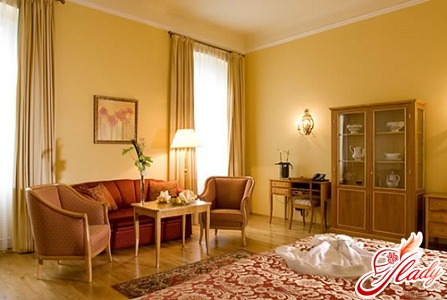
Style Details
In addition to special finishing and practical furniture,The distinctive feature of the Biedermeier style is a small number of decorative elements. Most often, these are simple watercolors, figurines and souvenirs. A large number of photographs hung on the walls and displayed in frames on dressers and shelves is also characteristic of this style. Velvet curtains on the windows, a fireplace and many indoor flowers also make up an integral part of the Biedermeier interior. By the way, the era of this style gave us the fashion for jardinières (special stands) for indoor plants. And, nevertheless, Biedermeier rejects any excesses in interior decoration.
The integrity of style
Biedermeier style interiors are a mustshould give the impression of integrity and completeness. Therefore, it is appropriate to decorate the entire apartment or floor of the house (cottage) in this style. The rooms should be light and spacious (spacious does not mean large). In some corner, you can arrange a round niche with indoor plants. It is advisable to choose varied and multifunctional furniture: wardrobes, chests of drawers, extendable tables, sofas, dressing tables. All this should be evenly distributed throughout the room. Walls in neutral colors, plain or with a pattern of flowers and stripes. Floors are wooden or with a covering imitating the color and pattern of wood. On the windows - airy curtains, and on the walls - miniatures and photographs hung. And here before us in all its glory is Biedermeier - the style of German comfort. It was in such rooms that Beethoven, Goethe, Schumann lived and worked. So why was this style persecuted until recently? Why did it represent a symbol of everyday vulgarity and commercialism? Surely historians, art historians and sociologists know the answers to these questions. But everything returns to normal, and Biedermeier is back in favor. Because coziness, practicality and stability are the main motto of this artistic style. And that is what we all strive for!




